In a perfect world, your enterprise resource planning (ERP) business process software system can help your companies deftly manage your operations, reporting, human resource, manufacturing and supply chain activities. However, as the needs of your business change, it may be time to take a hard look at your ERP solution to determine whether it is still providing you the value you need. The answer may point to an upgrade, modifications or total replacement.
So, how do you know if your business is getting full value from your ERP solution? Consider five key areas in which high-performing ERP solutions are measured:
- There’s a clear business case with measurable returns. The ERP system you are using should align with your company’s business objectives and be designed, implemented and utilized to realize measurable results. It should justify its often-considerable up-front cost within a reasonable time period after implementation (typically three-to-seven years), and then continue to add value for the foreseeable future. For example, if you spend $100,000 on your ERP solution, that investment should in turn drive a return in higher productivity, lower material costs, higher quality or another area that more than offsets that $100,000 investment.
- Processes are well defined, and system functionality is tightly aligned with those processes. Many organizations seek to implement a system as plain vanilla out of the box or highly tailor it to the processes that have developed organically over time. The best method – a hybrid – optimizes processes and tailors the system (minimal to no programming) to those new processes.
- Team members should be heavily trained, engaged, aligned and supportive. By training the team members and engaging them in the process (with support) of aligning the system to the new processes, the team members will strongly support what they had a hand in building. Developing team members as super users (i.e., experts) who serve as go-to resources for all system users is a critical requirement for success. Additionally, all team members should be regularly trained on system usage and updates. Training that is not used or reinforced will disappear over time.
- There should be clearly defined organizational benefits and outcomes that are monitored, tracked and reported on. Ensuring that there is a system owner responsible for monitoring and reporting regularly to senior leadership is critical to realizing the desired benefits.
Oftentimes, systems are implemented with good intent. Yet over time, success is declared when the system is determined to be operational. However, due to high costs and the challenges of implementation, systems are implemented for the benefits and for improving operational performance. It is critical that the real reason for implementing the system is not forgotten or abandoned.
WE’RE HERE TO HELP
Do you have questions about your ERP, or other business advisory issues? Please contact one of our Virtual financial consultants for more information.









